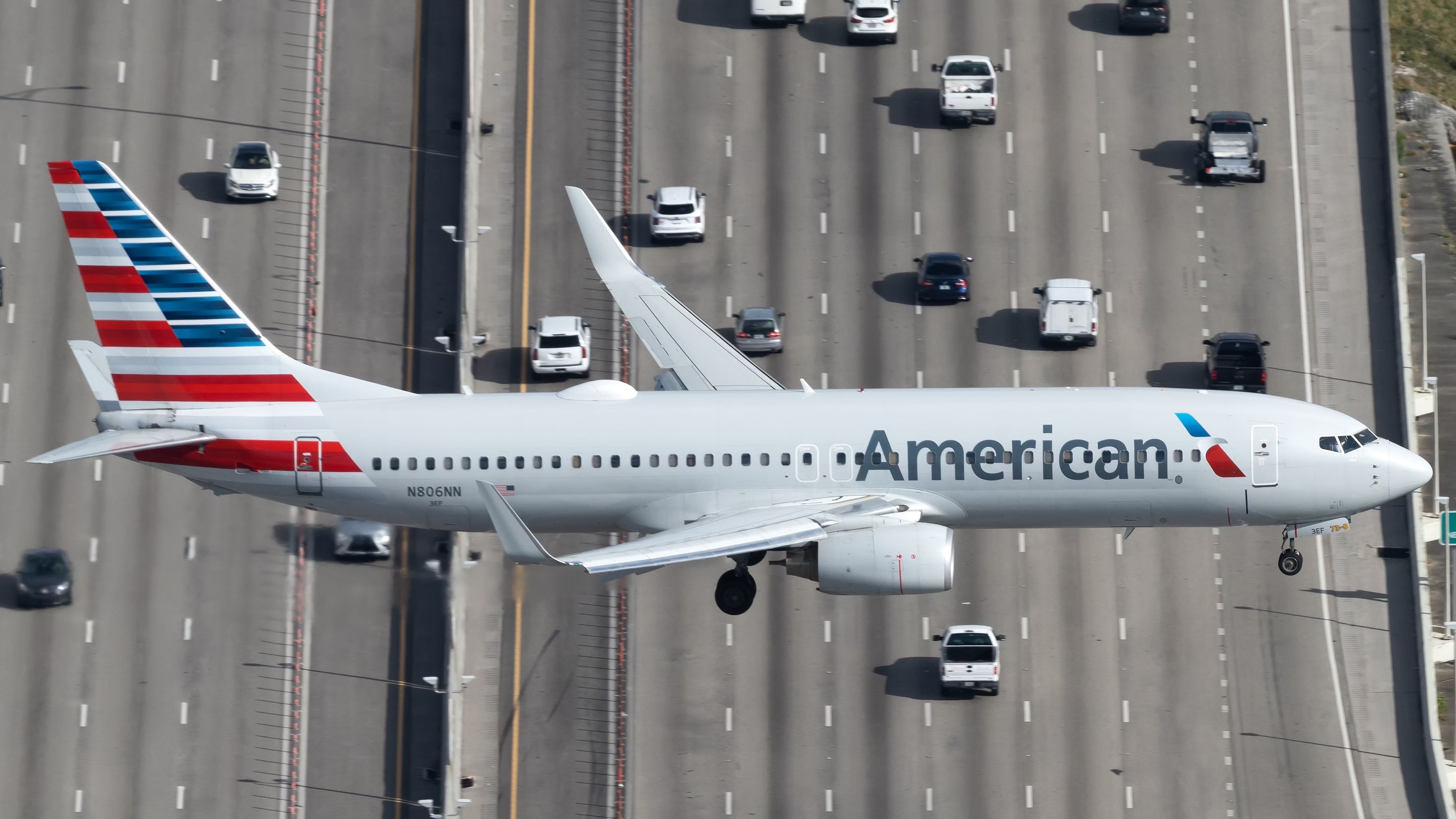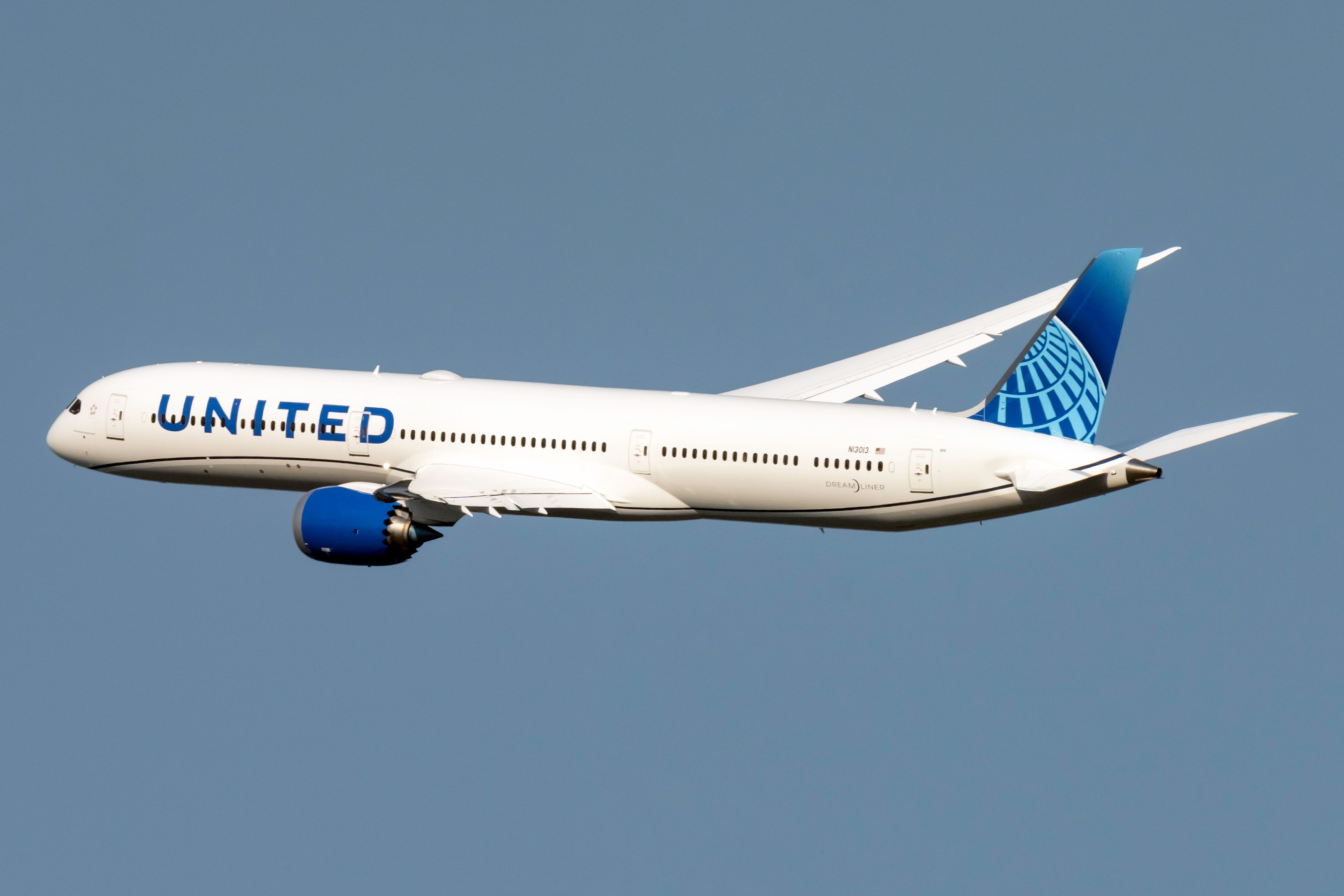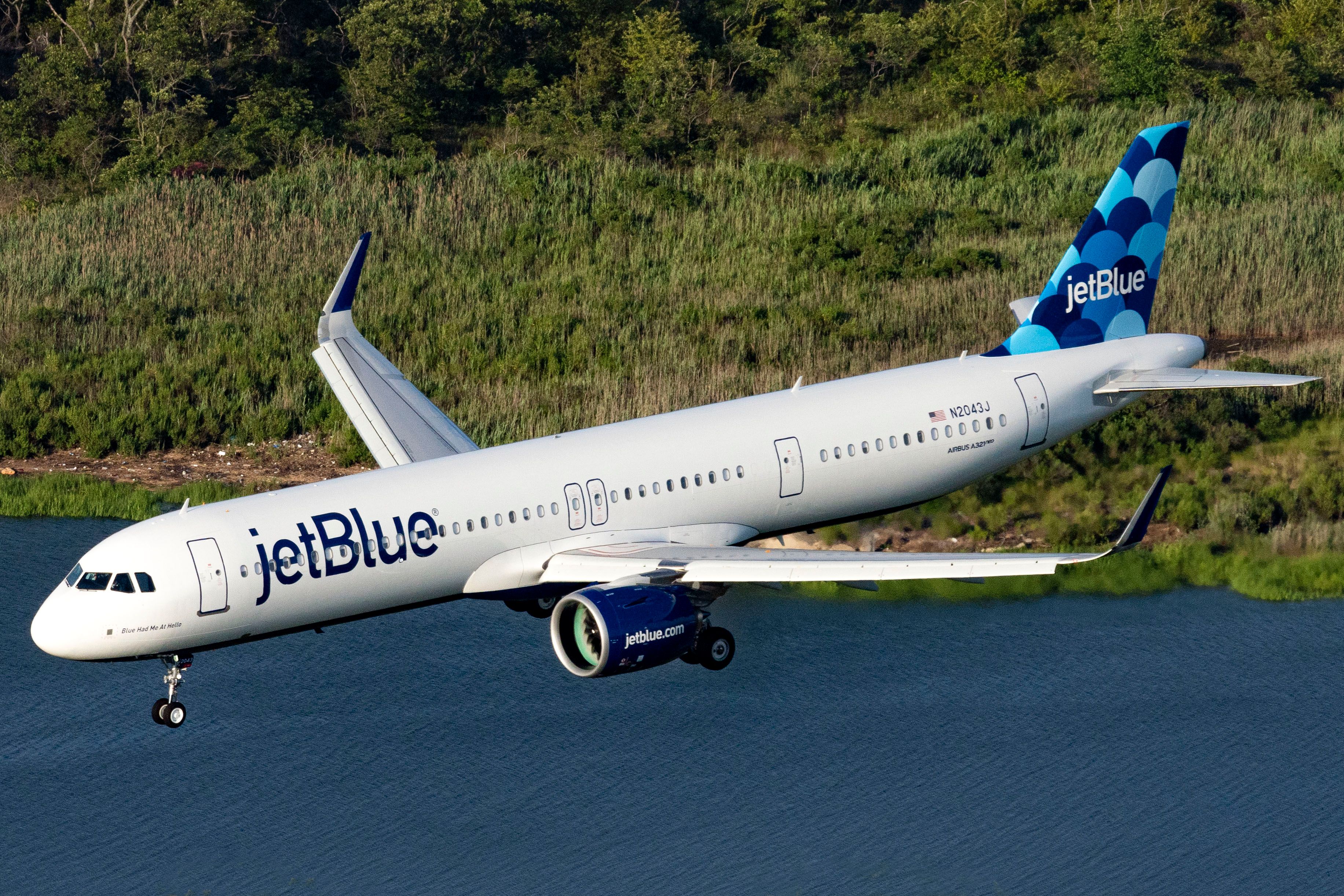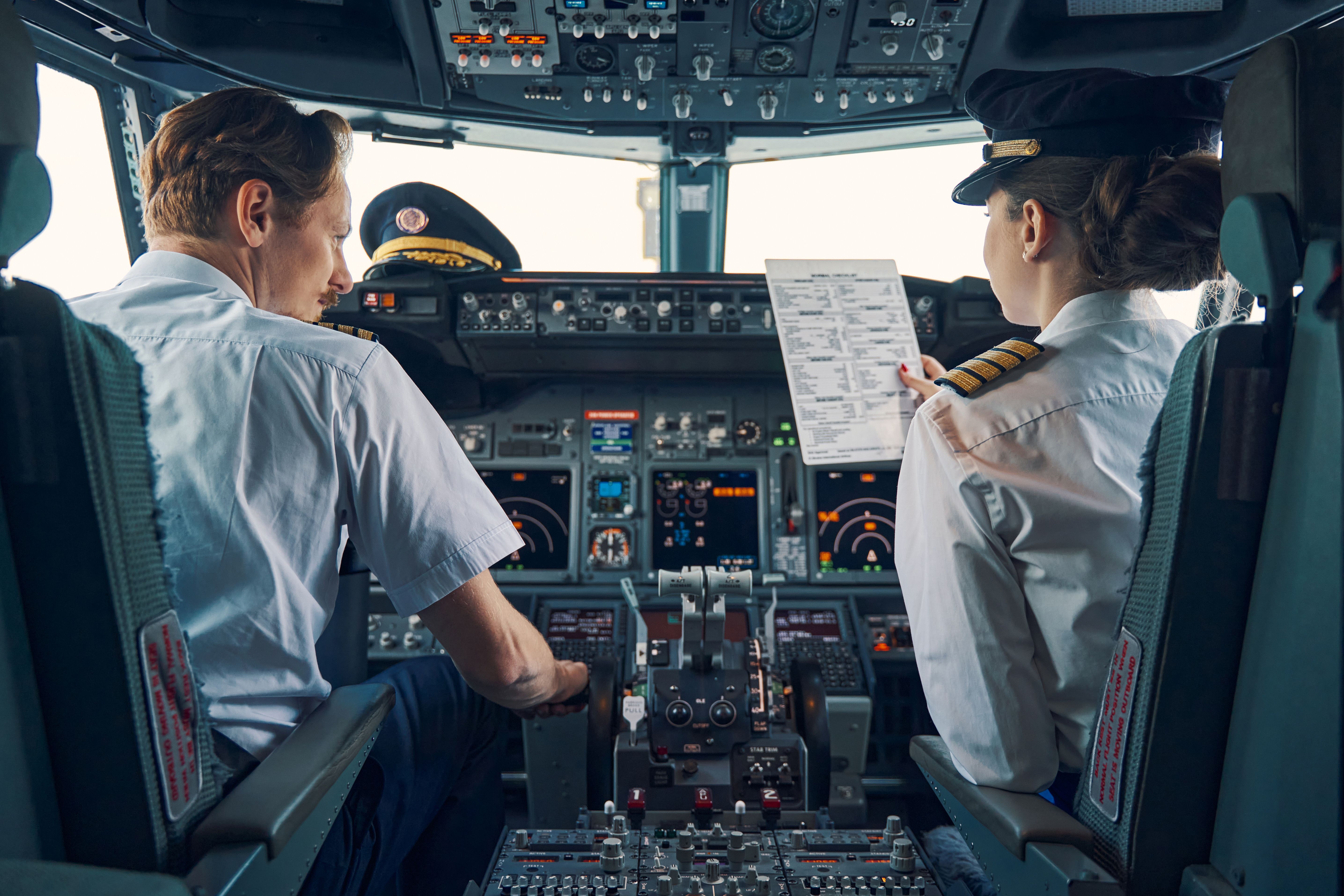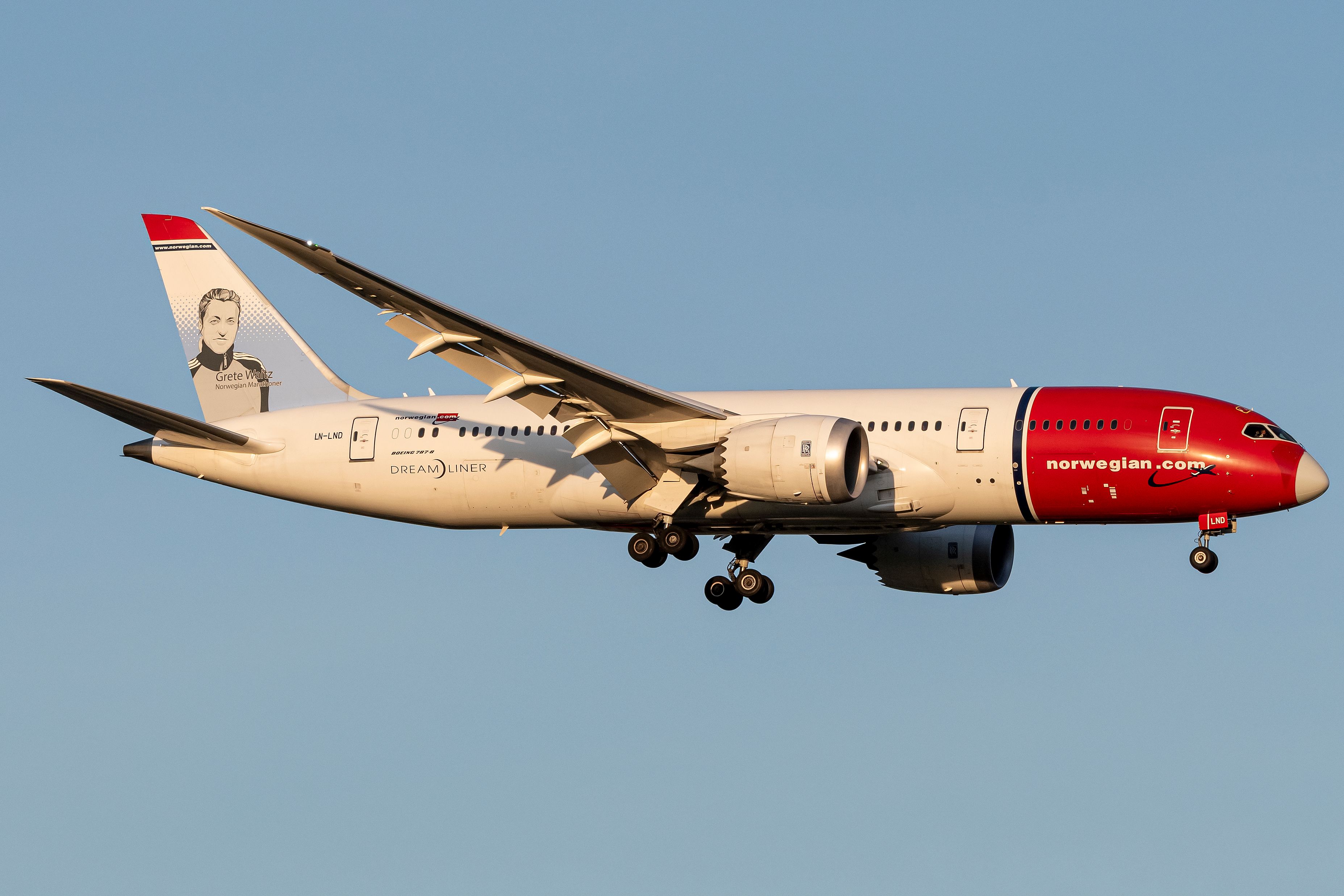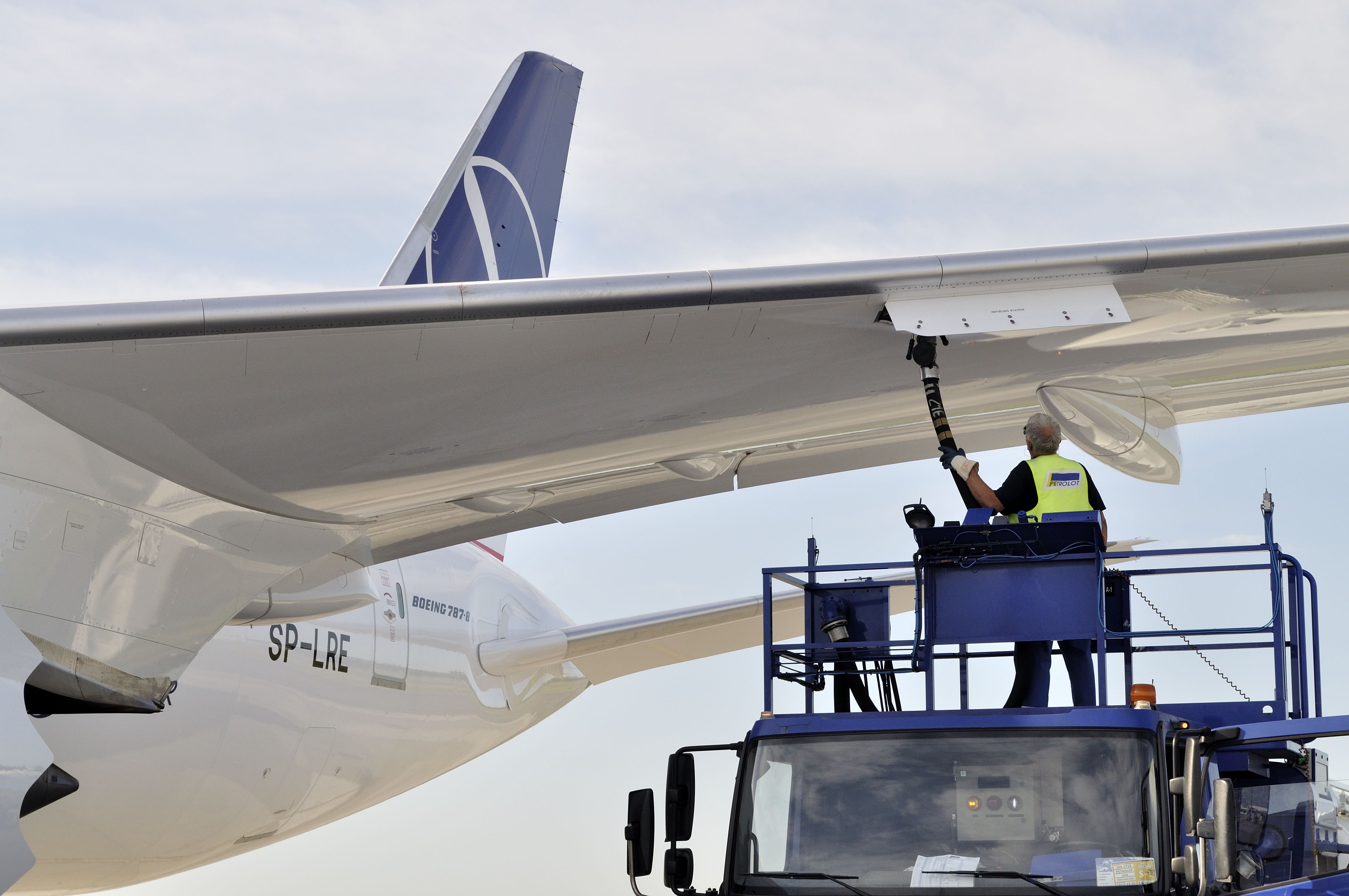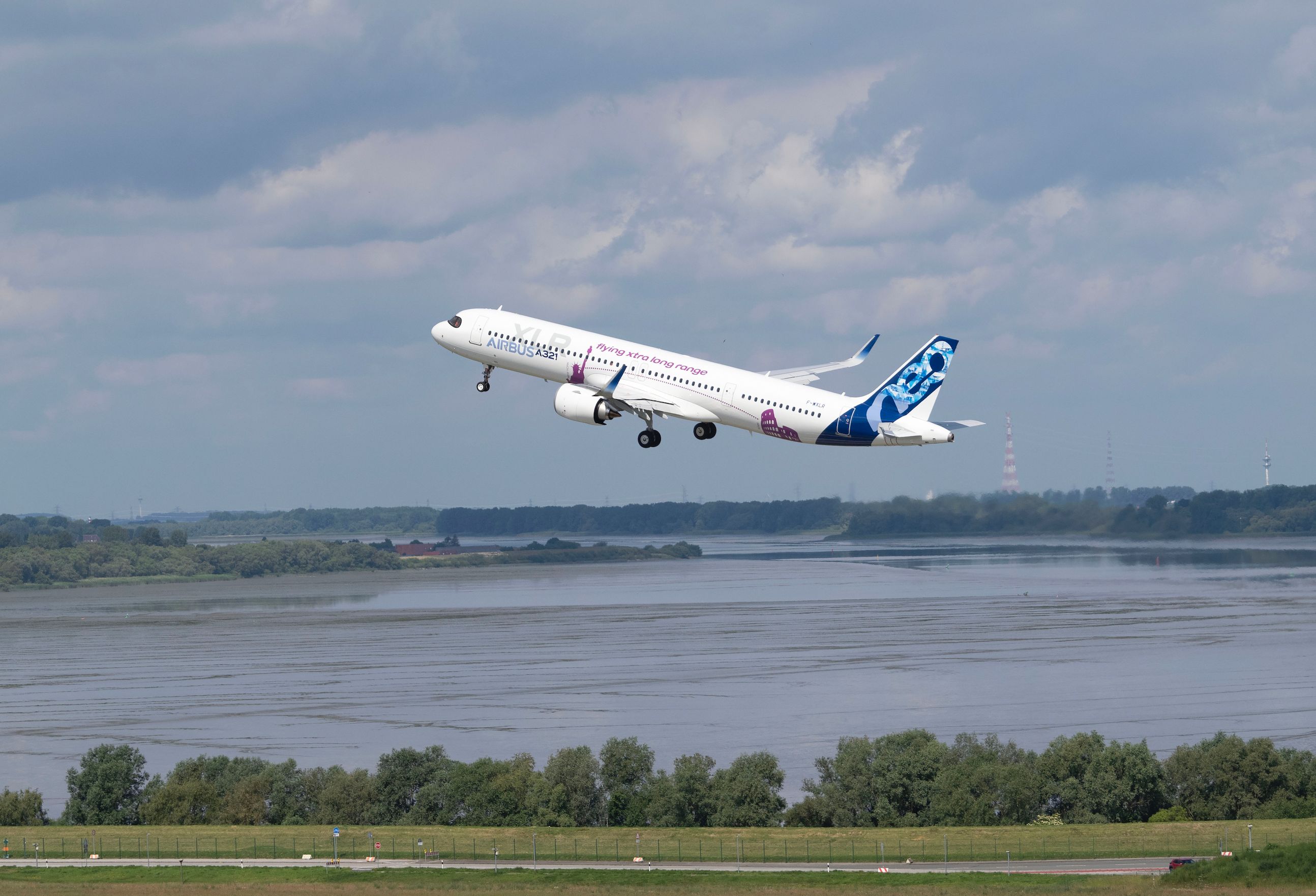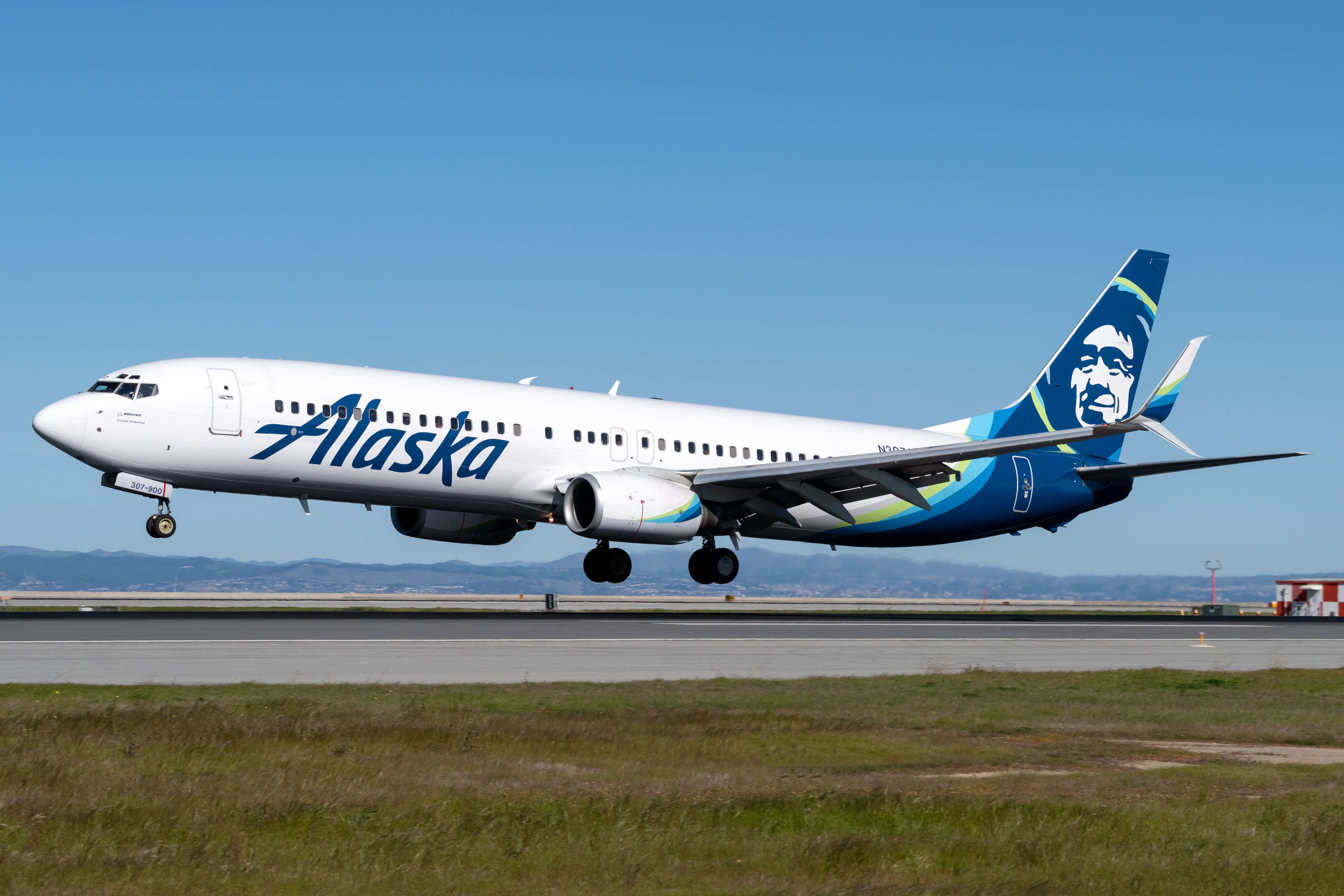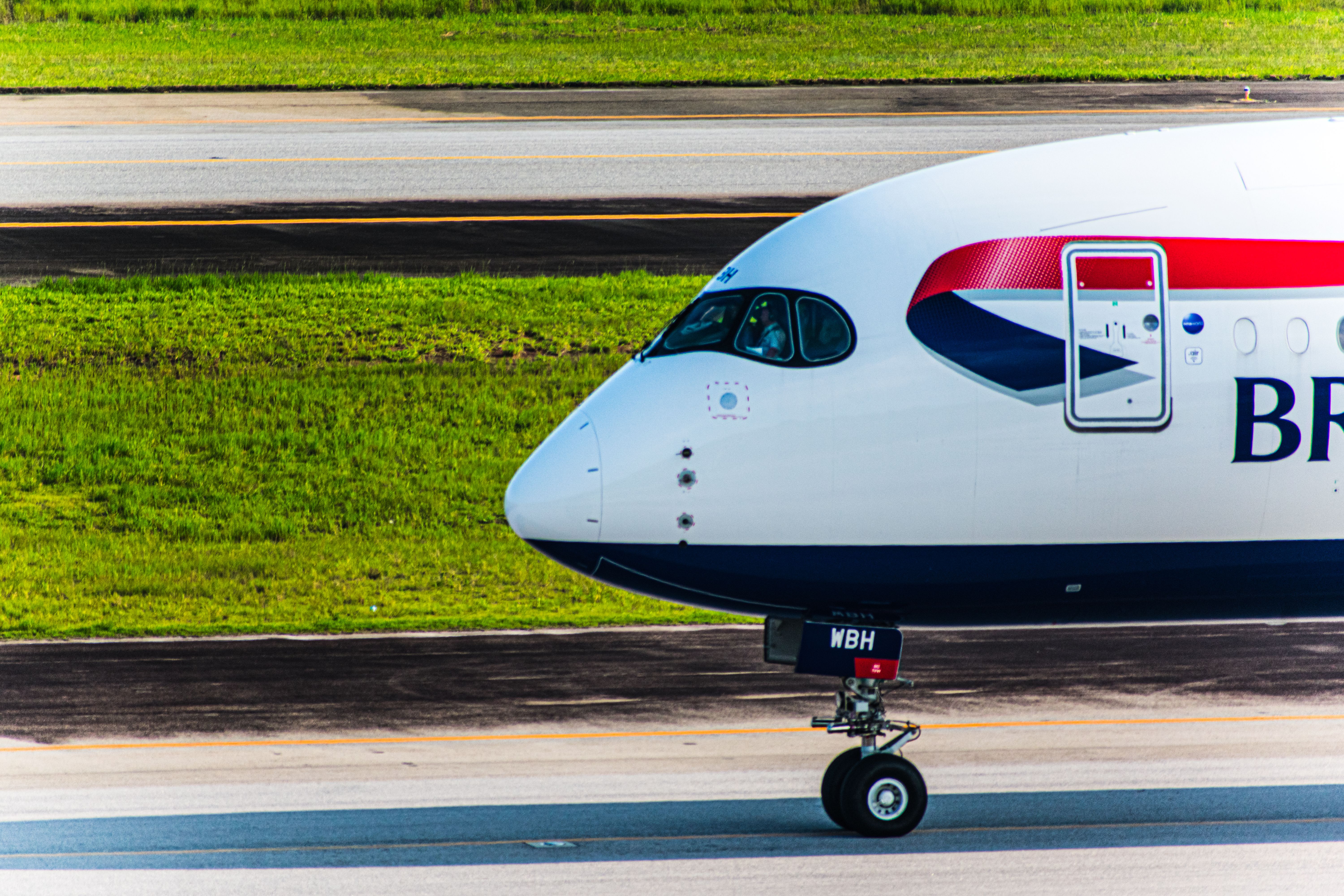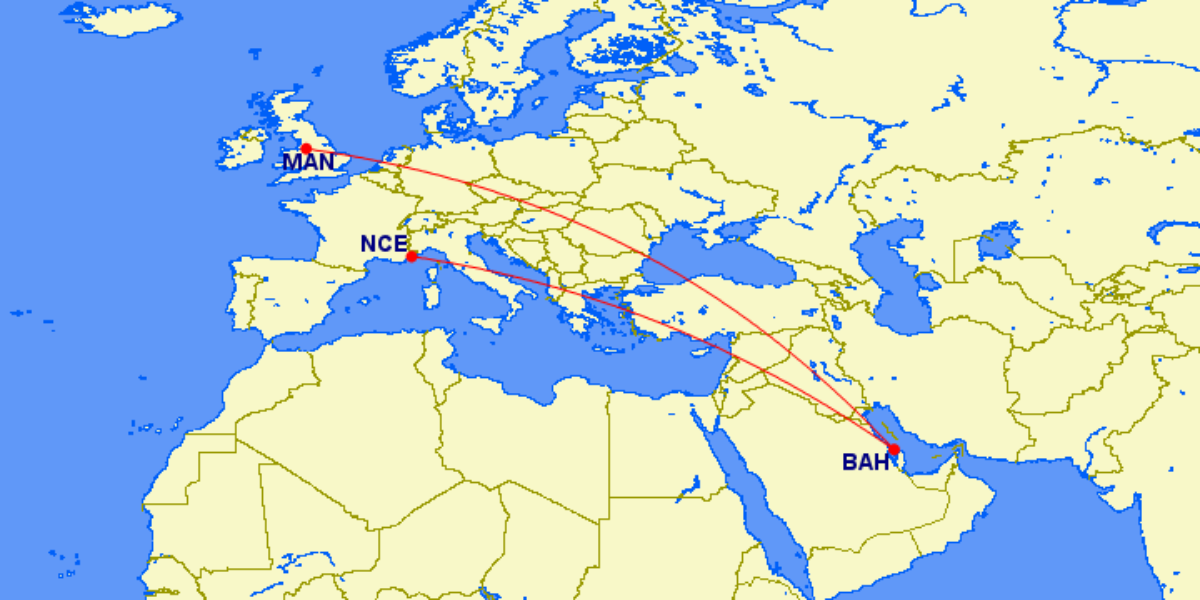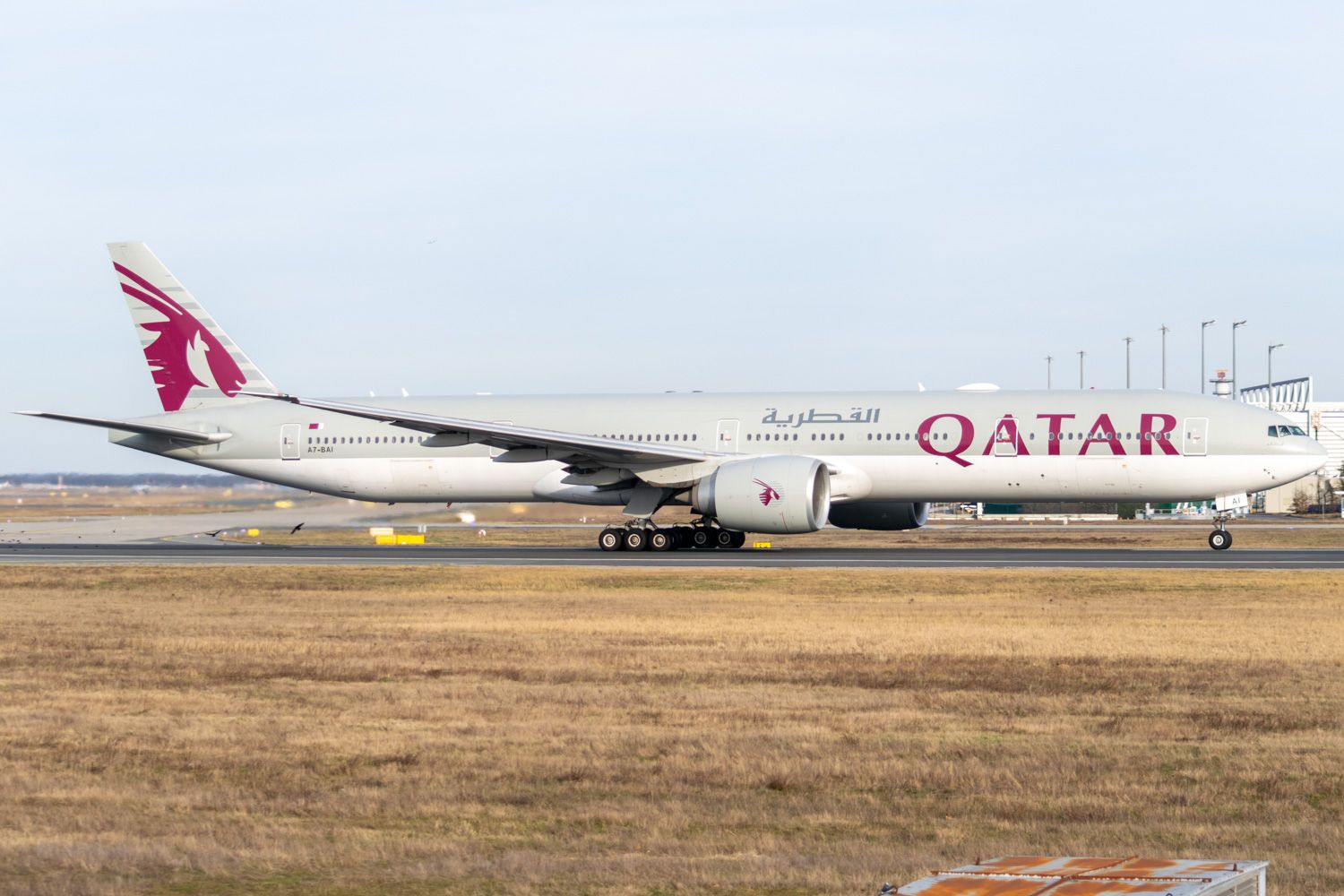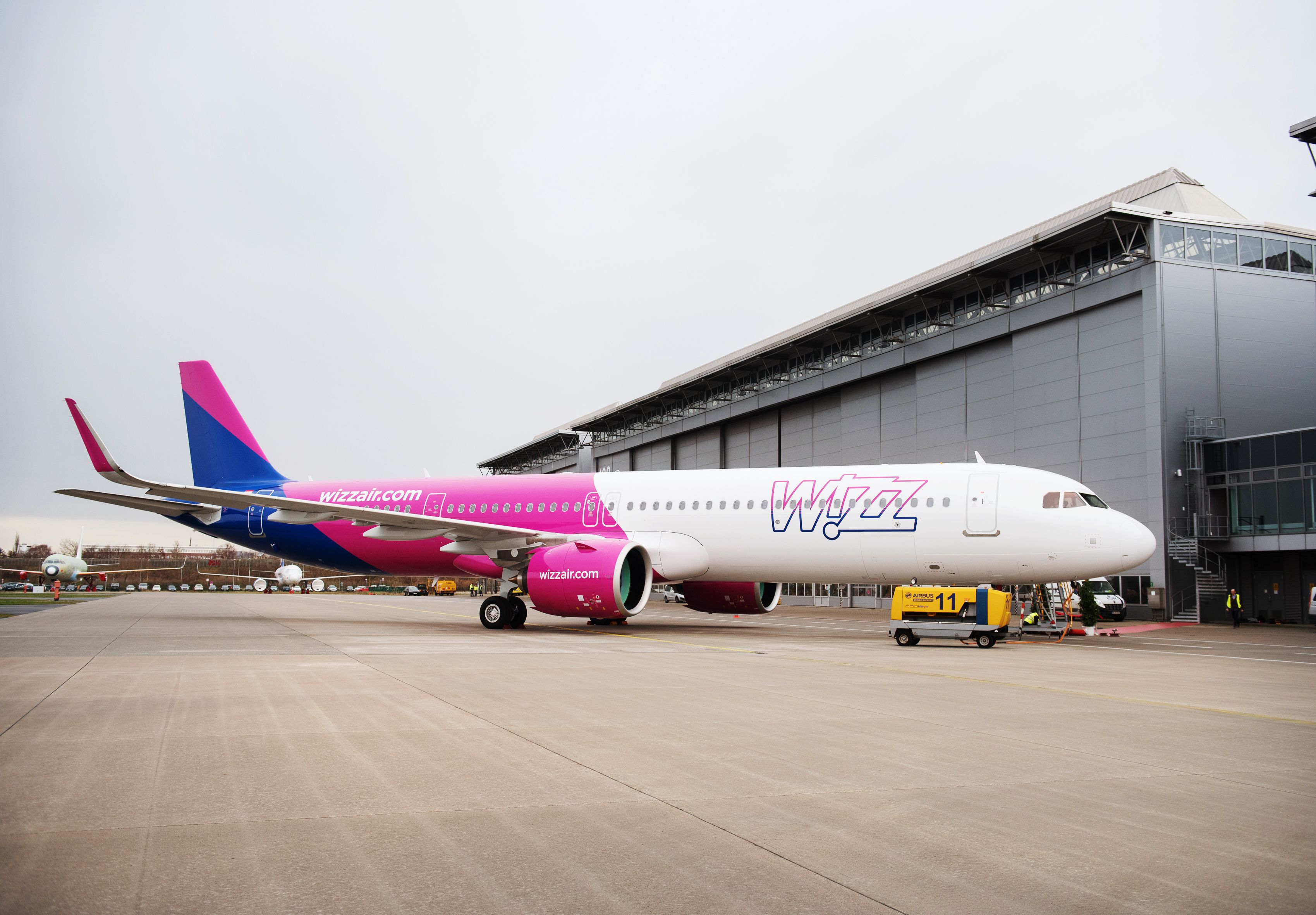Summary
- Various costs, including aircraft depreciation, maintenance, insurance, reservation fees, staff salaries, and fuel influence airline ticket prices.
- Staff and fuel expenses account for the majority of airline expenses, making up 50% of all costs.
- Other costs to consider include landing fees, airport and government taxes, overflight fees, and ground handling fees.
Most of us know a thing or two about how much we usually pay for an airline ticket to get to where we want to go. We may also have an idea of how this has changed over the years since we began to fly, along with inflation and the advent of new airline business models. However, not everyone stops to think about all the little bits that go into the price of a ticket.
The link between ticket prices and airline profitability is very complex. Airlines have very high fixed costs for operating flights, and there is not all that much money in the business compared to other industries. This article examines some of these costs and considers what airlines pay to ensure you get in the air. This is a complicated area that shifts and changes significantly between regions and over time. As such, consider this analysis a starting point to gain a general overview rather than an exhaustive guide to aviation economics.
Airline fixed costs
Before we look at the costs explicitly associated with operating a flight, we should briefly discuss the fixed costs airlines face. Of course, these are also factored into flight costs, but it is harder to attribute these to each individual flight. Major fixed expenses include aircraft depreciation and rental or purchase costs. The cost of the aircraft itself is a significant expenditure for airlines, and typical accounting measures suggest a depreciation cost of 4% per year for jet aircraft. This would roughly assume a 25-year operating life for a plane. An airline may not keep an aircraft this long, of course, but the remaining value is then reflected in the secondhand value of the aircraft.
However, at times, as we have seen lately with the gone-too-soon Airbus A380s, airlines do not always keep planes around for that long, and there may be no one who wants them when they let them go. Aircraft that can be converted to cargo carriers stand a greater chance of transferring onto the secondhand market.
To put this in context, the list price (although this is hardly what an airline or lessor ends up paying, it is more like a starting point for negotiations) for a new 777-8 aircraft is $360.5 million, so depreciation could reach over $12 million per year.
Maintenance costs. Aircraft undergo regular checks and maintenance as part of daily operations. On top of this, there is a system of heavier A, B, C, and D checks. This could be considered as a cost that is either fixed or dependent on flights. Like all fixed costs, there is one that must be attributed to each flight made. But, of course, to maintain an airworthy fleet, maintenance costs are inevitable.
Insurance costs. The price for insuring aircraft will depend more on the fleet size than the number of flights.
Reservation and booking costs. This is an interesting area for low-cost carriers, as many cut costs here by only selling flights through their websites. Typically, though, airlines pay a percentage fee to booking agents and booking sites.
Staff and management costs. There may be some flexibility to alter crew salaries depending on schedules, but other salary costs are more fixed long-term.
Interest. Lastly, interest payments are one of the few places where airlines have very little room to cut costs. An airline's debts must be paid off, and money borrowed to invest in a new aircraft or construction is ultimately transferred in the form of a fixed interest cost.
Flight operating costs
We now look at the costs of operating the actual flights. These are the costs airlines experience based on flight schedules. Of course, some are directly related to each flight and would not be incurred if the flight did not operate. Others are longer-term and more based on the planned schedule.
To demonstrate the cost of flight operation, we will consider, where practical, the example of a Boeing 777-300ER flight from London to New York. Some other relevant and notable expenses will be highlighted.
Get all the latest aviation news right here on Simple Flying
According to Jean-Paul Rodrigue's book The Geography of Transport Systems, staff and fuel costs are by far the most significant expenses for an airline. Together, they account for 50% of all costs (with staff at 32.3% and fuel at 17.7%).
Staff costs
The number of cabin crew follows strict regulations, with a minimum number for each aircraft type. Salaries, of course, can vary between airlines but tend to sit between $50,000 and $100,000, according to the salary-tracking website Glassdoor. Cabin crew likewise can earn different wages depending on their contract terms or location base.
Crew bases and rotations are also a significant cost factor, especially with long-haul flights. Many airlines operate multiple crew bases to help with this. This not only affects cost but provides local crew for better passenger service and backup in case of staff problems.
Norwegian is an excellent example of an airline that adopted this model. Its long-haul operations had a complex structure, with subsidiaries in several countries. As part of this, it took advantage of lower labor costs outside its main base in Norway. Unfortunately, this was insufficient to make the Norwegian long-haul low-cost experiment successful. Finnair also makes good use of overseas bases, particularly for flights to Asia, although this practice has generally shifted with the downtime in international traffic during COVID. US-based carriers such as United Airlines capitalize on lower labor costs in South America to perform maintenance during long layovers on the continent.
We will look at the FAA analysis numbers for a good idea of what this costs in terms of operating a flight. It calculates the following per hour (block hour, so the total time from gate to gate rather than just airborne time) operating costs for all crew:
- Widebody over 300 seats: $2,356
- Widebody under 300 seats: $1,857
- Narrowbody over 160 seats: $1,1,52
- Narrowbody under 160 seats: $1,034
So, as a guide, our seven-hour Boeing 777 flight from London to New York would have a staff cost of around $16,500.
Fuel
Fuel is a significant expense for airlines and is why they suffer so much in periods of high oil prices, as with the recent surges due to the geopolitical situation leading to raised ticket fares across the globe. According to the IATA jet fuel price monitor, fuel prices have more than doubled over the past few years, primarily due to Russia's war in Ukraine and conflict in the Middle East.
There are some strategies to deal with fluctuating markets. Many airlines will buy options for fuel ahead of time, locking in prices. This can make forward planning and accounting more straightforward and provide some protection, but ultimately, prices will rise when oil prices go up.
The impact of rising prices is mitigated to some extent by more efficient aircraft. Back in the 1970s, long-haul flying was the domain of heavy, four-engine airliners. There has been significant improvement in aircraft efficiency in recent years, and, of course, twin-engine aircraft are now much more capable. Going forward, we will likely see even smaller (and more efficient) twin-engine aircraft on longer routes. The new Airbus A321XLR promises much in this area and is already proving a popular choice for airlines.
The latest FAA aircraft operating costs revealed the average cost per block hour for different aircraft:
|
Aircraft category |
Fuel and oil |
Maintenance |
Crew |
Total Variable |
Depreciation |
Rentals |
Insurance |
Other |
Total fixed |
Total |
|
Widebody over 300 seats |
$5,411 |
$1,331 |
$2,356 |
$9,097 |
$845 |
$406 |
$4 |
$1 |
$1,254 |
$10,351 |
|
Widebody of less than 300 seats |
$4,080 |
$1,289 |
$1,857 |
$7,227 |
$685 |
$366 |
$4 |
$4 |
$1,058 |
$8,285 |
|
Narrowbody over 160 seats |
$2,054 |
$718 |
$1,152 |
$3,925 |
$355 |
$217 |
$3 |
$7 |
$582 |
$4,506 |
|
Narrowbody of less than 160 seats |
$1,741 |
$737 |
$1,034 |
$3,512 |
$306 |
$215 |
$5 |
$7 |
$533 |
$4,045 |
The Points Guy looked in detail at total fuel costs in late 2019 based on US airline data. It quotes the average price for fuel for a London to New York flight as $33,411. With average winds, though, the return would use less fuel, costing $27,270. For comparison, a transcontinental flight from New York to Los Angeles would use $10,757 of fuel. Given what we said previously about jet fuel prices over the last few years, it is not difficult to imagine how this number has increased significantly.
Meanwhile, the improvement in efficiency is best seen by comparing fuel burn per seat. An interesting study from the International Council on Clean Transportation (ICCT) looked at this in 2019 for transatlantic operators. As well as highlighting which airlines have the best fuel economy, it also compared aircraft types. The industry average was 33 passenger kilometers per liter of fuel burn. The fuel-efficient Airbus A350 and Boeing 787 were significantly above this, at over 40 passenger kilometers per liter.
Landing fees
Each airport has a unique set of fees it levees on airlines that use its facilities. These fees vary by airport and consider many factors, including but not limited to aircraft type and weight, landing time, and sometimes emissions and noise. Certain airports will split this cost into a fixed fee and a variable fee, the latter of which is based on an airline's load factor.
Rates for JFK (and other New York airports) are published by the Port Authority of New York. In 2020, the fee was $6.95 per thousand pounds of maximum gross weight. The maximum take-off weight (MTOW) of a 777-300ER is 775,000 pounds. This would give it a take-off or landing fee of $5,386.
In addition, there are usage fees for airport parking areas, usually dependent on aircraft size and time on the ground. At JFK, these are $70 plus an additional $25 for each 25,000 pounds MTOW over 200,000 pounds. This is charged for each period of up to eight hours. For our 777-300ER, this would be $645.
As a comparison, rates for London Heathrow are published by the airport. These are based on aircraft size as well as noise category. For most heavy widebodies, this would be £5,737 ($6,982) per landing. An additional emission charge of £16.84 ($20.49) per kilogram of NOx emission. And a parking charge of £61.13 ($74.40) per 15 minutes (after 90 minutes) for widebody aircraft.
Airport and government taxes
As well as landing fees, there are additional government taxes, of course. These likewise vary hugely between countries and airports and change regularly. The UK has some of the highest such taxes, with its Air Passenger Duty (APD) on top of other taxes.
In most cases, these are incorporated into the price paid for the ticket and then passed from the airline to the relevant government bodies. This is not always the case, though. Often, some low-cost airlines offer ticket prices lower than the total taxes (particularly in Europe and the UK, where fares are low and taxes high).
This can be worthwhile as part of a broader marketing campaign or when considered alongside additional ancillary revenues. British Airways does the same with its Reward Flight Saver tickets, charging cash amounts lower than total UK taxes.
Overflight fees en route
Airlines pay overflight fees to the governments of each country they fly over on their routes. This covers the use of air traffic control and other navigation services. For a flight just over the US or within Europe (which is centralized under 'Eurocontrol'), this will be a single payment based on the aircraft type and length of the flight.
The payments are much more complicated for a complex route crossing several countries. Some countries impose a fixed fee; others base it on the distance flown.
The Federal Aviation Administration sets rates in the US. There are only two rates: overland, which is $61.75 per 100 nautical miles, and over the ocean area monitored by the FAA, which is $26.51 per 100 nautical miles.
Europe's rates are more complicated. They are based on aircraft weight, flight distance, and a 'unit rate' for each country. Billing and control are centralized, but rates vary by state.
Changing routes slightly can have a significant effect on these costs. The Wall Street Journal, for example, quoted the case of a British Airways re-route over Europe for a London to São Paulo flight that could save the airline around £3,000 ($3,650). Instead of routing over Portugal, Spain, and France, it switched to an oceanic crossing and entered UK airspace over Cornwall.
Canadian airspace is also notorious for its high overflight fees. For this reason, many carriers will fly routes that stay in the US's airspace for a longer period of time before crossing the border.
Airlines, though, can't always just pay a fee and simply come trundling through the airspace of their choice – they need permission as well. This can get as political as it is financial. We saw this, for example, when Qatar Airways was blocked from several Gulf countries' airspace from 2017 to 2021 and once again under bans on overflying Russia or western countries for Russian airlines.
Ground handling fees
In addition to the fees paid to airports and governments for landing and using ground services, third parties are involved in turning around and serving an aircraft. How much airlines handle themselves and how much is outsourced varies between airlines and locations. The costs of such services are hard to obtain.
Breaking even
The above details have provided a guide to each of the main costs incurred. To bring them together, we will look at the research into airline costs carried out by the FAA in 2018. This study attempted to quantify the total operating cost of various aircraft types.
This includes all of the above factors plus an attempt to bring in other fixed costs that are hard to quantify per flight. For widebody aircraft with over 300 seats, it estimated the total variable costs per block hour to be $9,097 and the total operating cost (including a proportion of airlines' fixed costs) to be $10,351. (Of course, with inflation and rising fuel prices, these numbers may have changed quite significantly.)
Out of interest, for a larger narrowbody (over 160 seats), this drops to variable costs of $4,096 and total costs of $4,733. This would put the average widebody cost for a seven-hour flight across the Atlantic at just over $72,000, given pre-pandemic 2018 conditions. There would be variations depending on aircraft type and exact routing, but it provides a pretty good baseline.
And a short-haul European flight, for comparison, of 2.5 hours would reach almost $12,000. Consider this next time you are looking at very low fares on low-cost airlines. It also helps explain the growing importance of ancillary revenues for budget carriers.
The future
In an era where airline costs continue to rise, and margins continue to decline, those carriers that can efficiently cut costs will most certainly be those that survive. In the future, with SAF blending mandates and other sustainability-focused regulations on the horizon, airlines will undoubtedly look to spend far more per gallon on fuel.
On the converse, innovations in aircraft technology will only continue to improve efficiency over time, allowing aircraft to use far less fuel per passenger per mile flown. With these two forces acting in opposite directions, one cannot be sure how this cost will affect future airline strategy. Other costs, such as staffing, could increase or decrease as well, as a shortage of pilots might push salaries upwards, but increased automation could require fewer pilots and cabin crew.
Across the board, there's only one thing that can be said for certain at this point, and it is that the aviation industry is dynamic and undoubtedly innovative. The continual growth and adaption of cost strategies is ultimately a requirement for an airline to succeed in the long term.
Would you like to share any comments on airlines' costs and fees? Or do you know any more details or examples of actual costs? We would love to update you with more accurate estimates! Let us know in the comments.
Source: Glassdoor, IATA, The Points Guy, ICCT, The Wall Street Journal, Airliners.net

